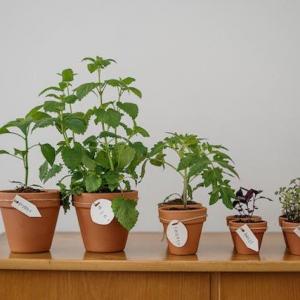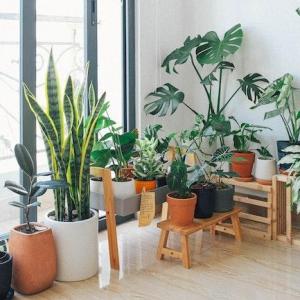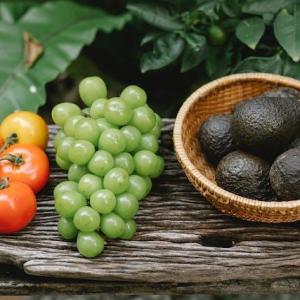
Introduction
Selecting the appropriate plants for your climate is essential for successful gardening and landscaping. Different plants have specific temperature, sunlight, and moisture requirements, and choosing varieties that are well-suited to your climate ensures they will thrive and flourish. In this article, we will explore some key factors to consider when selecting plants for your particular climate.Know Your Hardiness Zone
One of the first steps in choosing plants for your climate is to determine your hardiness zone. Hardiness zones are geographical areas defined by the average minimum winter temperature. The United States Department of Agriculture (USDA) has developed a hardiness zone map that divides the country into different zones based on temperature ranges. By identifying your zone, you can choose plants that are known to be suitable for the average winter temperatures in your area.
Consider Temperature Extremes
While knowing your hardiness zone provides a general guideline for plant selection, it's also important to consider temperature extremes that may occur in your climate. Pay attention to the highest and lowest temperatures your area experiences throughout the year. Some plants may not tolerate extreme heat or cold, so selecting varieties that can withstand these conditions is crucial for their survival.
Assess Sunlight Requirements
The amount of sunlight your garden or landscaping area receives is another vital factor to consider. Observe the areas you plan to plant in and determine if they are in full sun, partial shade, or full shade. Different plants have varying sunlight requirements, and selecting plants that match the sunlight conditions in your area will help them thrive. Sun-loving plants need at least six hours of direct sunlight per day, while shade-tolerant plants can thrive with less direct sunlight.Consider Precipitation and Watering Needs
The amount of rainfall and average humidity in your climate should also influence your plant selection. Some plants prefer drier conditions, while others thrive in more humid environments. Research the average annual precipitation in your area and choose plants that are well-suited to those conditions. Additionally, consider your willingness and ability to provide supplemental watering if needed, as some plants have higher water requirements than others.Research Native and Adapted Plants
Native plants are naturally adapted to the specific climate, soil, and environmental conditions of a region. They have evolved to thrive in their native habitats and are generally well-suited to the local climate. Research native plants that are native to your area and consider incorporating them into your garden or landscaping. These plants often require less maintenance, have better resistance to pests and diseases, and provide essential support to local ecosystems.Consider Microclimates
Microclimates are localized areas within a larger climate zone that have slightly different conditions. Factors such as sunlight exposure, temperature, and wind patterns can vary within a small area. Identify any microclimates in your garden or landscaping, such as areas that receive more or less sunlight, areas protected from wind, or areas with higher or lower moisture levels. Select plants that are well-suited to these microclimates, as they may have specific requirements that differ from the overall climate of your region.Consult Local Experts and Resources
When in doubt, seek advice from local gardening experts, horticulturists, or local garden centers. These professionals have extensive knowledge and experience with plants that thrive in your climate. They can provide valuable insights, recommend suitable plant varieties, and offer guidance on planting and care techniques specific to your region. Additionally, consult local gardening books, websites, or gardening forums to gather information and learn from the experiences of other gardeners in your area.Conclusion
Choosing the right plants for your climate is crucial for successful gardening and landscaping. By considering your hardiness zone, temperature extremes, sunlight requirements, precipitation and watering needs, researching native and adapted plants, considering microclimates, and seeking advice from local experts, you can select plants that are well-suited to your specific climate. Remember, matching plants to your climate ensures they will thrive, resulting in a beautiful and flourishing garden or landscape that brings joy and satisfaction for years to come.
Article
Be the first comment
Elite Article














